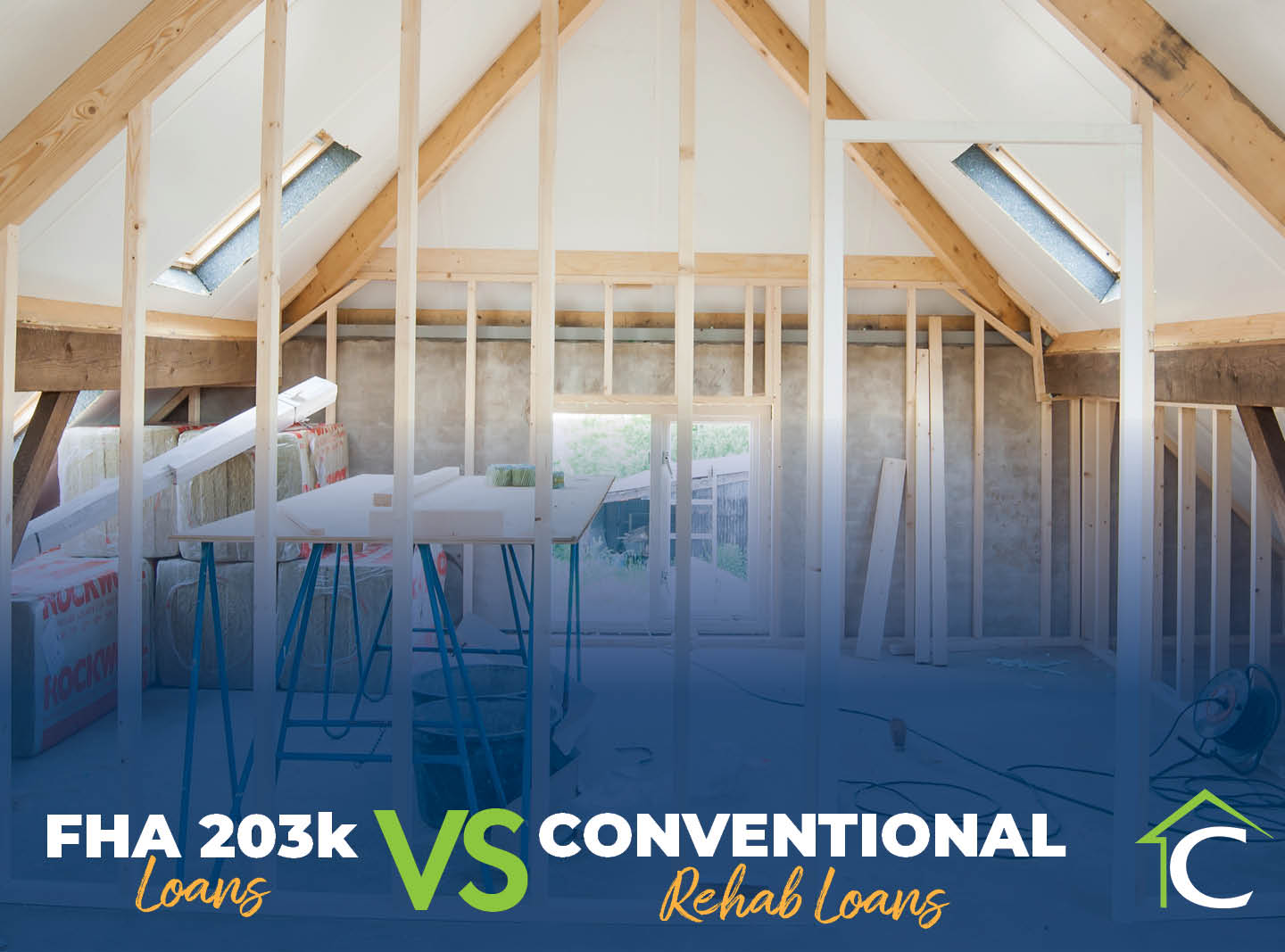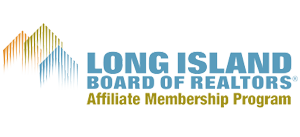Whether it's conducting a thorough home inspection or exploring local amenities, each step will bring you closer to turning your new house into a home.
Congratulations on purchasing your new home on Long Island! This is a thrilling milestone in your life and a moment that deserves a hearty celebration. But once the initial excitement settles, you might find yourself wondering, "What comes next?"
Well, transitioning into a new home involves more than just moving your belongings—it’s about setting up your foundation for a happy, secure, and comfortable life in your new space.
In this guide, we’ll walk you through the essential steps every new homeowner should consider after purchasing their property. From securing your new residence to diving into the vibrant community life on Long Island, we have compiled a comprehensive checklist to help you start on the right foot.
1. Celebrate Your New Home
Buying a home is one of life’s great achievements—so take a moment to revel in your success! Consider hosting a get-together to show off your new space. Invite friends and family to see your new abode on Long Island—perhaps with a touch of local flavor like some classic Long Island pizza—which some say is even better than the pizza found in NYC! Not only does this offer a great way to introduce your new home to your social circle, but it also starts to build those essential bonds if some of your guests are neighbors.
2. Home Inspection and Repairs
Now that the celebrations have settled, it’s time to get down to the business of homeownership—that means finding things to fix! While it’s recommended that you do this before you purchase a house, scheduling a thorough home inspection is crucial. This step uncovers any potential issues that could turn into costly repairs down the line, such as roof leaks or plumbing problems.
Even well-maintained homes can have hidden problems. An inspector can identify these issues, allowing you to address them proactively. Look for local, reputable inspectors who know Long Island homes and understand the specific challenges they might face, like moisture from the coastal climate or aging infrastructure in older properties.
Following the inspection, prioritize any repairs that need immediate attention. Tackling these repairs early can prevent more severe damage and help maintain the value of your home.
3. Change the Locks
One of the first and most important steps in making your new home secure is changing all the exterior locks. You never know how many copies of the house keys are floating around from the previous owners, their friends, or contractors who have had access during the home’s history.
Investing in new locks is a small price to pay for peace of mind and worry-free security. Consider upgrading to high-security locks or smart locks that offer both convenience and enhanced safety features. If you're unsure about which locks to choose, local locksmiths familiar with Long Island homes can provide recommendations based on your specific needs and the neighborhood’s security requirements.
4. Set Up Utilities and Services
Getting your utilities and services up and running is vital to settling into your new home comfortably. Here's a checklist of the essential utilities you need to set up:
- Electricity: In most areas of Long Island, you'll likely be serviced by PSEG Long Island. Contact them to start service or transfer the existing account into your name. If you’ve purchased a home in the few Long Island villages that supply their own electricity, make sure you reach out to the municipality to learn about turning the power on and billing.
- Gas: For natural gas, National Grid is the main provider for Long Island residents. Make sure to establish an account or transfer service before you need to heat your home or use any gas appliances.
- Home Heating Oil: There are several oil companies that service Nassau and Suffolk counties. Do your research and compare pricing to find the best solution for you.
- Water: Your water service provider will depend on your exact location on Long Island. Check with your local municipality for the correct contact information to set up your water service.
- Internet and Cable: Options vary by location, but the main providers on Long Island are Optimum and Verizon. Compare their plans and pricing to find the best fit for your internet and cable needs. Remember to schedule installation appointments as soon as possible, as availability can vary.
5. Update Your Address
Once you move, updating your address immediately helps to prevent missing out on important correspondence and services. Here’s how to make sure everything from your bills to your bank statements follows you to your new home on Long Island:
- U.S. Postal Service: Start by changing your address with the United States Postal Service (USPS). This can be easily done online at the USPS website, at your local post office, or by requesting a change of address form that can be mailed to you. Opt for mail forwarding to cover the transition period.
- Financial Institutions: Update your address with all your financial institutions, including banks, credit card companies, and investment accounts. Most banks allow you to update your information online or through their mobile app.
- Insurance Providers: Contact your car, health, homeowner's, and other insurance providers to update your address. Stay vigilant and keep current with any communications or billing, as well as policy coverage areas.
- Subscriptions and Loyalty Programs: Don’t forget to update online shopping sites, subscription services, magazines, and loyalty programs. Updating your address will prevent disruptions in service so that you’ll continue to receive your subscriptions at your new home.
- Government Agencies: Notify relevant government agencies such as the Social Security Administration, the Internal Revenue Service, and the Department of Motor Vehicles. Each has its own procedures, which can typically be completed online.
6. Deep Clean the Home
Starting life in your new home with a deep clean enhances comfort and gives you a fresh, welcoming environment. A thorough cleaning removes any traces of previous occupants and sets a clean slate for you to create your own family memories.
If you have the time and energy, you can tackle the cleaning yourself—focus on areas like the kitchen and bathrooms, which typically need the most attention. However, if your schedule is tight or you'd rather leave it to the professionals, Long Island offers excellent local cleaning services that can handle this task for you.
Consider hiring well-regarded services such as Long Island Maids or Maid Brigade. These services offer a range of cleaning options from a basic one-time deep clean to more extensive and regular cleanings, depending on your needs.
7. Paint and Decorate
Transforming your house into a home is one of the most enjoyable parts of moving in. A fresh coat of paint and some well-chosen decorations can significantly personalize your space, reflecting your style and making it feel truly yours. Consider what colors and themes resonate with you—perhaps soothing neutrals for a calming effect or bold colors to energize and define spaces.
Start by visiting local home improvement stores to explore paint options and decor. Long Island has several popular stores where you can find everything from paint to curtains and cushions. While big-box stores offer a wide range, don't overlook local shops that might provide unique pieces and personalized service. Take some time to browse different stores to see which ones align with your style and budget best. Engaging with store staff can also offer insights into the latest trends and best practices for home decoration.
8. Apply for STAR Credit from New York State
You don’t want to skip this step on your checklist. After you’ve moved into your home, applying for STAR should be a priority. Also known as School Tax Relief, this program gives eligible homeowners tax relief in the form of a government check that’s generally delivered annually. You can learn about eligibility requirements, how to apply, and information on getting started by visiting this state-operated resource page.
9. Meet the Neighbors
Start with a simple hello or a small gesture like sharing baked goods or a handwritten note. These small acts of kindness can open the door to future conversations and mutual support. If there are community events or neighborhood gatherings, make an effort to attend. These can be great opportunities to meet multiple neighbors at once and learn more about the area’s activities and traditions.
Meeting neighbors also has practical benefits. It can lead to useful exchanges, from recommendations for local services to helpful tips about living in the area. Plus, establishing a good relationship with your neighbors can provide reassurance that someone is looking out for your home when you are away.
10. Explore Local Amenities and Services
Known for some of the greatest beaches on the planet, Long Island's coastal beauty is unparalleled. Fun fact: Long Island’s sand is so renowned that other places have purchased it from the state and various municipalities.
Start your local adventure by visiting famous spots like Jones Beach State Park, where you can enjoy sunbathing, swimming, and a variety of recreational activities. Don’t miss out on other beautiful beaches along the South Shore and North Shore, each offering unique views and experiences. Be mindful that various towns and municipalities on Long Island operate their own beaches. Visiting one that’s outside the town in which you reside may be more costly.
Aside from the beaches, Long Island is brimming with parks, restaurants, and essential services that enhance daily life. Explore local eateries that range from seaside cafes to upscale dining, offering a taste of the region's diverse culinary scene. Check out community centers, libraries, and local markets to truly immerse yourself in the local culture and community.
11. Review Home Warranty and Insurance Policies
Securing your investment in your new Long Island home goes beyond just physical maintenance—it also involves having the right coverage in place. Take the time to review or obtain a home warranty and homeowner’s insurance. It protects against unforeseen costs and damages.
- Home Warranty: A home warranty covers the repair or replacement of major systems and appliances that fail due to normal wear and tear. This can include everything from your heating and cooling systems to your kitchen appliances. If you didn’t receive a warranty at closing, consider purchasing one to safeguard against potentially high out-of-pocket expenses.
- Homeowner’s Insurance: Review your homeowner’s insurance policy to make sure it adequately covers your property and possessions. Check that it includes coverage for common local risks on Long Island, such as flooding or storm damage. It’s also a good idea to understand what your policy excludes and consider additional coverage options.
*Remember: Regularly reviewing these policies as your home and the surrounding environment change is also recommended to keep your coverage relevant and comprehensive.
12. Plan for Routine Maintenance
Maintaining your new home on Long Island is key to preserving its value. A routine maintenance plan prevents small issues from becoming costly repairs down the line. Here’s a basic yearly maintenance checklist to keep your home in top condition:
- Gutter Cleaning: Clean your gutters at least twice a year to prevent blockages that can lead to water damage. It’s especially important in the fall after leaves have dropped and in the spring after snow melts.
- HVAC Inspections: Schedule annual inspections for your heating, ventilation, and air conditioning systems. Regular maintenance extends the life of your HVAC system and improves its efficiency, saving you money on energy bills.
- Landscaping: Keep your property’s landscaping tidy and healthy. Regular trimming, mowing, and weeding enhance your home’s curb appeal and prevent overgrowth that can cause damage to your property.
- Roof Inspections: Check your roof for damage or signs of wear at least once a year. Look for missing shingles, cracks, or leaks, especially after severe northeast storms such as nor’easters.
- Plumbing Checks: Inspect your plumbing for leaks, drips, or blockages, which can lead to water damage and increased water bills if not addressed.
- Smoke and Carbon Monoxide Detectors: Test and replace the batteries in your smoke and carbon monoxide detectors annually to keep them functioning properly. While it’s easy to create repeated reminders on your computer or smartphone, changing batteries on major holidays, such as New Year’s Day, helps create good habits.
13. Budget for Unexpected Costs
You have to prepare for a fair share of costly surprises when owning a home—on Long Island or anywhere else! Whether it’s a broken appliance, sudden plumbing issues, or roof repairs needed after a storm, unexpected expenses are a reality for homeowners. To manage these unforeseen costs without stress, establish an emergency fund.
Here are some tips for budgeting for unexpected costs:
- Start an Emergency Fund: Aim to set aside a portion of your monthly income into a savings account designated for home repairs and emergencies. A good rule of thumb is to save at least 1 percent of your home’s purchase price each year for maintenance and unexpected expenses.
- Prioritize Savings: Treat your emergency fund contribution like any other essential bill. This inspires a consistent contribution and builds up a robust safety net over time.
- Assess and Adjust: Review your emergency fund annually or after any major expense. If you find you’re using it more or less than expected, adjust your contributions accordingly.
- Stay Informed: Keep a keen eye on your home and address small maintenance issues before they become big problems. Regular inspections can help you anticipate potential repairs.
14. Attend Local Events and Join Community Groups
One of the best ways to truly feel at home on Long Island is to immerse yourself in the local community. Attending local events and joining community groups enriches your life, connects you with your neighbors, and deepens your roots in your new surroundings.
Long Island hosts a variety of events throughout the year, from seasonal festivals and farmers' markets to concerts and art exhibitions. Check community bulletin boards, local newspapers, and online event calendars to keep up-to-date with upcoming activities. You can also check out some community groups from book clubs and gardening societies to sports leagues and volunteer organizations. Look for groups on social media platforms like Facebook, or check the local library or community center for information.
15. Register to Vote
Participating in local elections is not just your civic duty, but it's also a great way to have a say in community affairs and the development of the area where you now live. You can register to vote in New York by visiting the New York State Board of Elections website, where you can download a voter registration form. Alternatively, you can also register at various government offices, including the Department of Motor Vehicles, when updating your driver’s license with your new address. Registration can also be completed by mail or in person at either the Nassau County or Suffolk County boards of election offices.
Be aware of deadlines for voter registration in your area, especially if there's an upcoming election. New York typically requires voters to register at least 25 days before an election to be eligible to vote. Once registered, keep yourself informed about local issues, candidates, and election dates. You can do so with Long Island local news outlets such as Newsday and News12 Long Island.
16. Safety Check
Keep your family safe and happy in their new Long Island home! A comprehensive safety check should be one of your first tasks upon moving in. Here’s how you can make sure your home meets all necessary safety standards:
- Smoke Detectors: Check that there are smoke detectors installed on every level of your home, especially near bedrooms. Test each unit and replace batteries if necessary. If your home does not have smoke detectors, install them immediately.
- Carbon Monoxide Detectors: Carbon monoxide (CO) is a colorless, odorless gas that can be deadly if inhaled in large quantities. Install CO detectors near all sleeping areas and on each level of your home. Test these regularly and replace batteries at the same time as your smoke detectors.
- Security System: Evaluate the need for a security system based on your personal preference and the security landscape of your neighborhood. Options range from basic alarm systems to comprehensive systems that include cameras, motion sensors, and 24/7 monitoring. Consider consulting with a security professional to determine the best system for your needs.
- Fire Extinguishers: Keep at least one fire extinguisher on each level of your home, particularly in the kitchen and near any fireplaces or other potential sources of fire. Make sure every family member knows how to use it.
- Emergency Plan: Develop an emergency plan for your family. Identify safe exits, meeting points outside your home, and practice so that everyone knows how to act in case of various emergencies.
17. Consider Future Projects
As you settle into your new home on Long Island, it's worthwhile to start thinking about potential future projects that could enhance both the value and livability of your property.
- Kitchen and Bathroom Upgrades: These rooms often provide the most return on investment when it comes to home improvements.
- Energy Efficiency: Improving your home’s energy efficiency with solar panels or energy-efficient windows is good for the environment and reduces utility bills.
- Outdoor Living Spaces: Enhancing your outdoor living area with a deck, patio, or landscaping can extend your living space and add to the enjoyment of your home during warmer months.
- Additional Storage: Adding storage solutions, whether through built-in shelving or expanding closets, can greatly increase the usability of your home and help keep it organized.
- Smart Home Technology: Incorporating smart home technology, such as smart thermostats, lights, and security systems, can increase your home’s marketability and convenience.
Embrace Your New Home on Long Island
You've taken a big step by purchasing a home on Long Island, and while the checklist may seem long, each task you complete brings you closer to truly making your house a home. Remember that every small improvement and community interaction adds layers of personal touch and connection to your surroundings. Welcome to your new home on Long Island—may it be a place of joy, comfort, and countless happy memories for years to come.

















